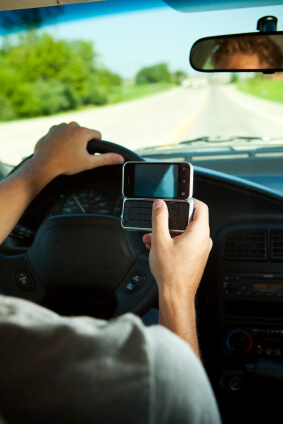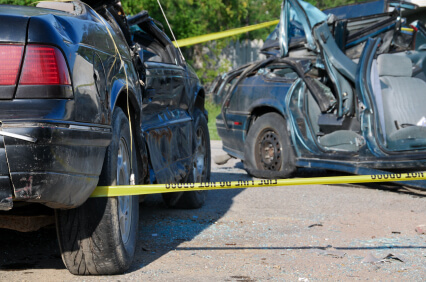It’s dark, it’s cozy in your bed, the last thing you want is to emerge from your cocoon to start a cold, Michigan fall day. Sunday, November 3, however, is the end of daylight saving time for the year. “Falling back” gives you that extra hour of blissful sleep and more light in the morning. Unfortunately, this time change also creates hazardous driving conditions and increases the chances of auto accidents.
It’s Too Bright
Commuters are used to certain conditions on their daily drive to work. With the time change, the sun is in a new place in the sky and its location can disorient drivers who forget their sunglasses or aren’t expecting a glare.
It’s not only important for you to adjust to new conditions and stay alert so you can operate your own vehicle safely, you must remain alert for other drivers who are affected by these changing conditions too. Defensive driving is always important, but even more so when the clocks change. The sun illuminates, but it can also be a hazard, at sunrise or sunset.
It’s Too Dark
The National Safety Council reports that traffic fatalities are three times greater at night than during the day. Decreased visibility is one of the biggest problems. Darkness compromises all your senses and that makes nighttime driving more dangerous. Depth perception is off, color recognition is altered, and peripheral vision decreases once the sun goes down. All these conditions can increase the likelihood of a car accident, and the end of daylight saving time means more dark hours on the road.
People who don’t often drive at night are out in the darker hours more often than usual. Commuters’ evening drives are affected. Anytime you’re driving in atypical conditions, your risk of being in a car crash increases as your senses acclimate to your surroundings. Be on high alert as everyone gets used to the end of daylight saving time. November is also the time of year for deer-related collisions, and the darkness only compounds this problem.
The Night Is Too Long
When it starts to get dark out, your body’s internal clock recognizes that it’s time to start slowing down for the day. The body wants to be awake when it’s light and asleep when it’s dark. Changing the clocks, however, means that sunset comes an hour earlier and, as we move further away from the sun this time of year, daylight hours are shorter, nights feel longer, and everyone is just tired. The earlier the night falls, the greater the chances of becoming drowsy while driving.
The Usual Risks Remain
There is never a shortage of distracted drivers, drunk drivers, and drowsy drivers. Their behaviors on the road mimic each other so sometimes it’s difficult to tell who you’re driving alongside or behind. Ultimately, you don’t want to be one of those drivers, and you don’t want to tangle with any of them.
Take the usual precautions, no matter what time of year it is. Make sure your car headlights and taillights work properly, including high and low beams and signal lights. Put your phone and other distractions away while you’re behind the wheel. And get enough rest! You’re gaining an hour – put it to good use.
If you have been involved in a Michigan car accident, contact David C. Femminineo, Michigan car accident lawyer in Macomb County to schedule your consultation.



